
What is procurement? Meaning, types, and processes
Understand the meaning of procurement, the various types, and its steps.

Ever wonder how companies actually get the stuff they need to operate?
That’s procurement. It’s the behind-the-scenes process of finding, buying, and managing everything from office chairs to complex software—basically, all the tools a business needs to run.
When procurement is done right, it saves money, reduces risk, and keeps operations running smoothly. And while it’s usually a business term, if you’ve ever compared quotes before buying something big, like a car or a house, you’ve dabbled in procurement, too.
In this post, we’ll break down what procurement means, the different types you’ll run into, and the steps that make up a typical procurement process.
Procurement definition
Procurement is the process of sourcing and buying the goods and services a company needs to function. That could mean raw materials for manufacturing, software for a marketing team, or third-party services like legal help or IT support.
Procurement includes evaluating vendors, negotiating contracts, managing budgets, and making sure everything gets delivered as promised. The goal is to get the best value—not just the lowest price—while keeping the business running smoothly and staying compliant with internal policies or industry regulations.

Why is procurement important in business?
Procurement touches nearly every part of a business—from how much a company spends to how well it operates. When it’s handled strategically, procurement isn’t just about cutting costs. It’s about building smarter, more resilient operations that can scale, adapt, and deliver better results.
Here’s a closer look at what smart procurement brings to the table:
- Cost savings: Procurement helps companies avoid overspending by sourcing competitive quotes, negotiating better contracts, and reducing waste. Even small optimizations—like switching to a more affordable supplier or bundling purchases—can lead to major savings over time.
- Risk management: Working with the wrong vendor can mean delays, compliance issues, or even reputational damage. A strong procurement process vets suppliers carefully and includes safeguards like SLAs, data protection clauses, and performance tracking to minimize risks.
- Ensuring quality: Getting the lowest price doesn't help if the product or service doesn’t meet your standards. Procurement teams focus on value, making sure purchases meet quality expectations and align with the company’s long-term needs.
- Driving efficiency: A structured procurement process keeps things moving. It eliminates bottlenecks, reduces back-and-forth between teams, and makes it easier to track spending. The result? Faster purchasing, fewer surprises, and less manual work.
- Fostering innovation: Procurement opens the door to new ideas and technologies by helping businesses discover emerging vendors or niche solutions. It's not just about fulfilling requests—it’s about finding better ways to solve problems and stay competitive.
- Supporting ethical and sustainable practices: More companies are factoring ethics and sustainability into procurement decisions—choosing vendors with responsible labor practices, environmentally friendly operations, or carbon reduction commitments.
Types of procurement
Not all procurement is the same. What a business buys and how it buys can fall into a few different categories. Understanding the types helps teams organize their workflows, budgets, and vendor strategies more effectively.
- Direct procurement covers the purchases that go directly into a company’s end product. Think raw materials, components, or goods that are resold.
- Indirect procurement includes everything a company needs to run but doesn’t sell—like office supplies, software, equipment, or professional services.
- Goods procurement involves the purchase of physical items. Whether it’s machinery, computers, or coffee beans, goods procurement deals with tangible products that are bought, stored, and often shipped.
- Service procurement is about hiring people or firms to perform tasks— like consultants, agencies, maintenance providers, or contractors. Managing service procurement often involves handling contracts, timelines, and deliverables, not just purchase orders.
- Strategic sourcing is a long-term, proactive approach to procurement. Instead of just reacting to needs, teams analyze spending, market trends, and vendor performance to make smarter, more sustainable sourcing decisions over time.
Procurement process
Knowing the steps in the procurement process helps teams stay organized, avoid costly mistakes, and make sure nothing slips through the cracks. Whether you're building a procurement workflow from scratch or trying to improve an existing one, understanding each phase gives you better control over costs, timelines, and supplier relationships.
1. Needs identification
The first step of the process is figuring out exactly what the business needs. This could come from a department request or an operational gap. Clearly defining the "what" and "why" upfront helps avoid wasted spend and mismatched purchases down the line.
2. Requirements specification
Once the need is identified, it’s time to define the specifics. That means quantity, quality, delivery timelines, budget limits, and any technical or compliance requirements suppliers must meet.
3. Supplier identification
Procurement teams look for potential suppliers that offer what’s needed, whether from existing databases, referrals, or new outreach. The goal is to build a shortlist of qualified options.
Start with your company’s approved supplier list. If nothing fits, explore industry directories and sourcing platforms or attend trade shows. For niche needs, cold outreach or LinkedIn research can help surface new options.
4. Request for proposal (RFP) or quotation (RFQ)
At this stage, the company formally asks for bids. An RFP is used when you need more detail on how a supplier would approach a complex need; an RFQ is usually for standard items or services where pricing is the main factor.
5. Supplier evaluation and selection
In this stage, the procurement team reviews the proposals, compares various suppliers, and selects the vendor that ticks the most boxes. This step includes checking references, reviewing compliance certifications, and weighing value vs. cost.
6. Negotiation and contracting
Before moving forward with a supplier, you need to nail down the terms. This includes pricing, delivery schedules, service levels, payment terms, and legal protections. The result is a signed contract that both sides agree to.
7. Purchase order processing
Once the contract is in place, the purchasing team issues a purchase order (PO). This formalizes the request and kicks off the fulfillment process. It also helps with internal tracking and budget controls.
8. Receiving and inspection
Once the goods or services are received, the company checks that everything matches the PO and meets the required standards. Any issues—like damage or incorrect items—are flagged here.
9. Invoice processing and payment
If everything checks out, the supplier sends an invoice. The procurement or finance team matches it against the PO and delivery receipt before approving payment.
But the process doesn’t end after payment. Maintaining good relationships with your suppliers leads to better pricing, service, and collaboration in the future. That includes regular performance reviews and ongoing communication.
.webp)
H2: Procurement vs. purchasing
People often use “procurement” and “purchasing” interchangeably, but they’re not the same thing. Purchasing is just one part of the broader procurement process. If procurement is the full strategy—from identifying a need to managing supplier relationships—then purchasing is the part where you actually buy the thing.
Think of procurement as the end-to-end process that includes planning, negotiating, compliance, and long-term vendor management. Purchasing is more transactional—placing orders, receiving goods, and processing payments.
Here’s a simple breakdown:

The role of AI in procurement
Procurement has become a tech-driven function—and AI is leading that shift. From automating tasks to generating real-time insights, AI helps teams cut through manual work and make smarter, faster decisions.
But it’s not working alone. E-procurement platforms, spend analytics tools, and contract management systems all play a role in streamlining workflows and giving procurement teams better control over company spend.
Here’s what AI specifically brings to the table:
- Automates repetitive tasks:
- Matches invoices to POs and flags mismatches
- Auto-generates purchase orders based on past buying patterns
- Extracts key terms and deadlines from contracts
- Analyzes large volumes of data:
- Tracks supplier performance over time
- Surfaces trends in spending across departments
- Flags potential risks early, like overspending or delivery delays
- Improves forecasting and planning:
- Predicts demand based on historical data
- Alerts teams to possible supply chain disruptions
- Helps optimize inventory levels to avoid stockouts or overordering
Want to see this in action? Zip’s AI-powered procurement tools make these capabilities easy to roll out across your team—from intake all the way to pay.
Unlock efficient procurement with Zip
Procurement doesn’t have to be a maze of spreadsheets, emails, and endless approvals. Once you understand what procurement really involves, you can start building a process that’s faster, more transparent, and actually works for your team.
Ready to simplify your procurement process? See how Zip’s Intake-to-Procure platform works and get your team out of the weeds for good. Book a demo to see it in action.
FAQ
What is an example of procurement?
Imagine a marketing team wants to subscribe to a new SaaS tool for campaign automation. They flag the need, outline requirements like user seats, integrations, and budget, and loop in procurement.
The procurement team vets different suppliers, requests demos or trials, compares pricing tiers, and reviews legal terms like SLAs and data privacy. Once they select a supplier, they negotiate the contract, issue a purchase order, and finalize the subscription.
What are the biggest challenges in procurement today?
One of the biggest challenges in procurement today is managing supplier risk while keeping costs down. Global supply chains are more complex and volatile than ever—think shipping delays, price hikes, compliance issues, and even political instability.
Procurement teams have to stay ahead of these risks while juggling multiple stakeholders, tracking spending, and ensuring contract compliance. It’s a balancing act between speed, quality, and accountability.
What skills are essential for modern procurement professionals?
Modern procurement professionals need a mix of strategic and technical skills. They should be great at negotiation, data analysis, and supplier relationship management. Familiarity with procurement software, contract law, and risk assessment is also key. And since procurement touches so many parts of the business, strong communication and cross-functional collaboration skills are a must.

Maximize the ROI of your business spend

Enter your business email to keep reading


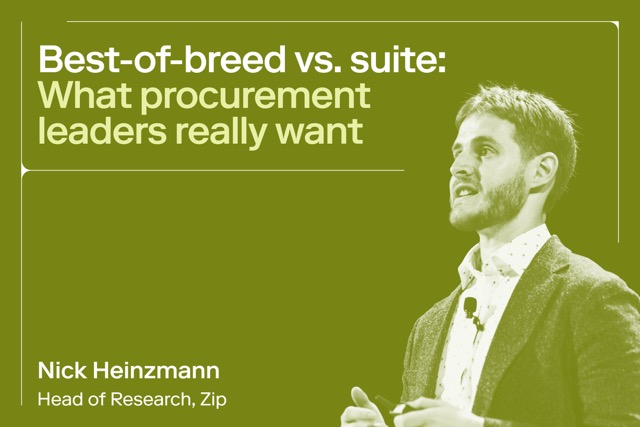


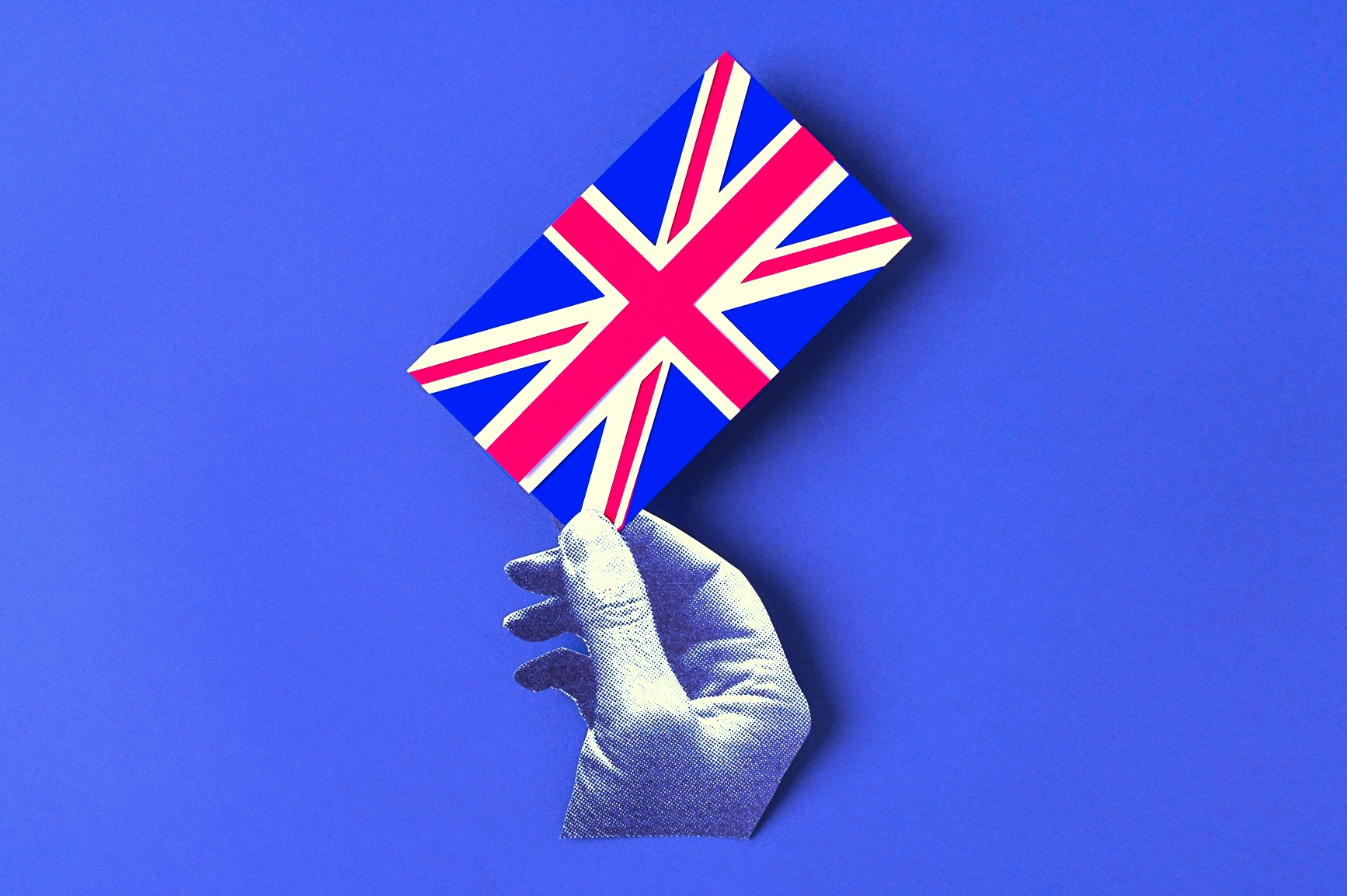


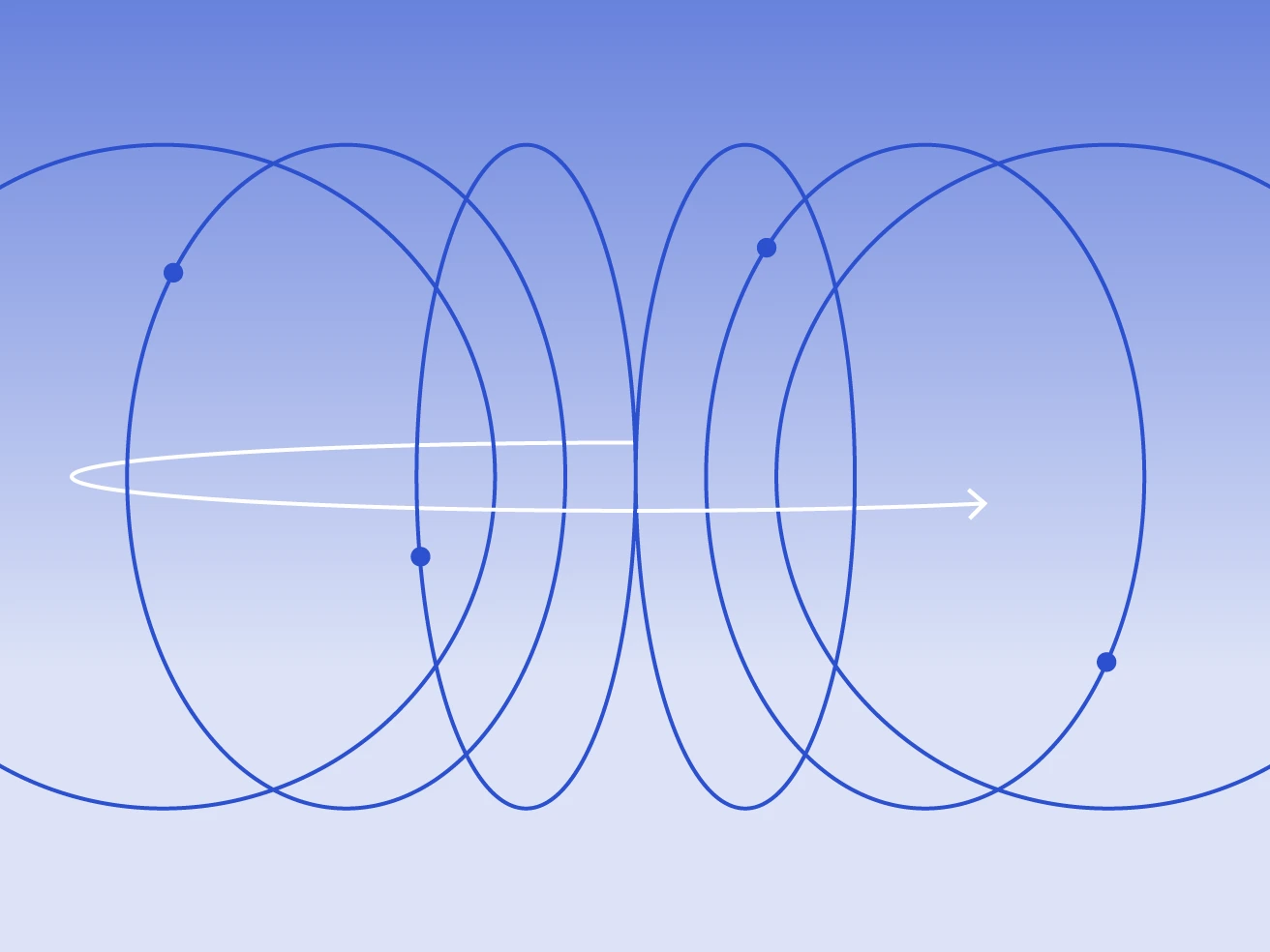
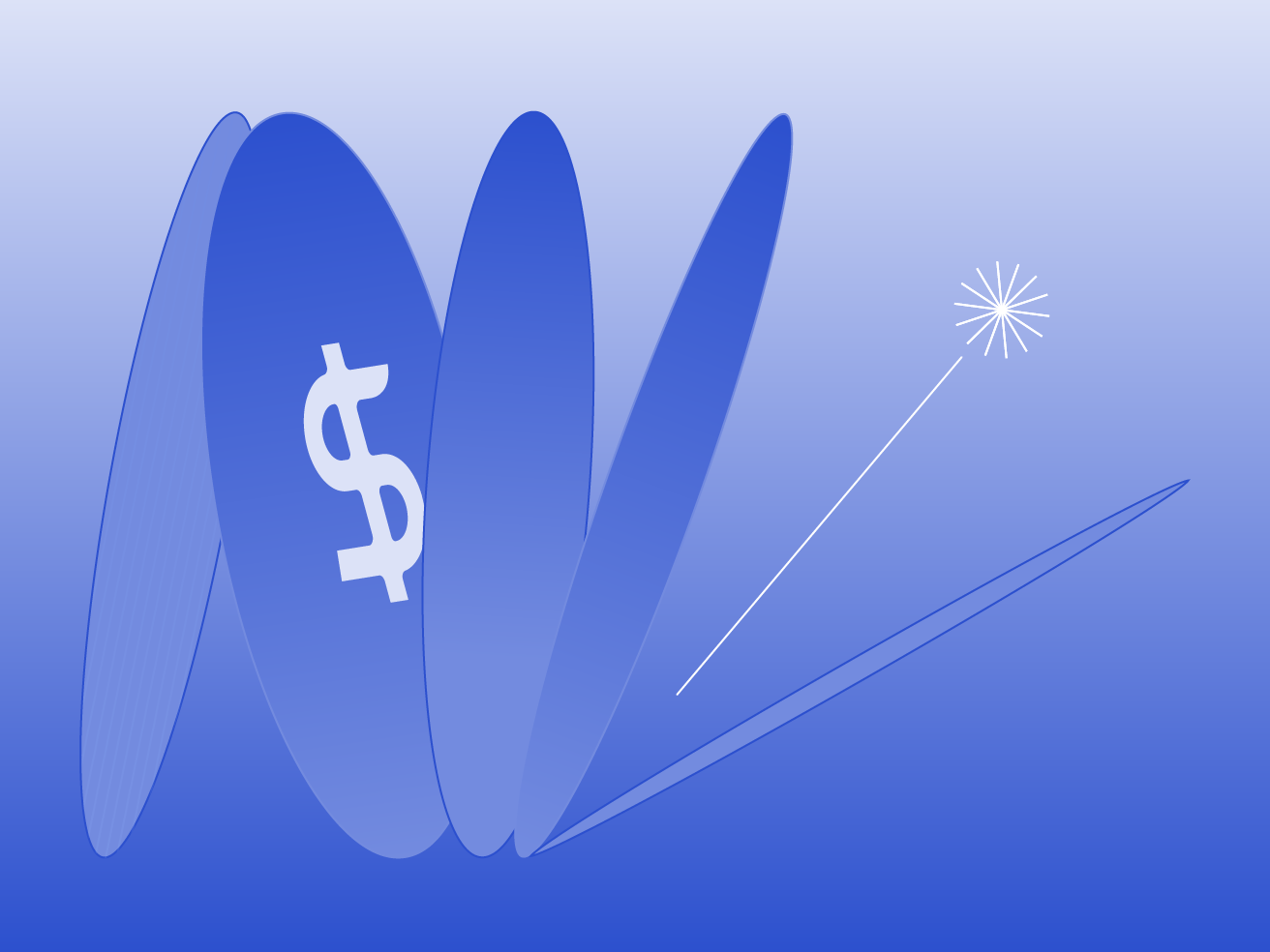
















.webp)




















.avif)










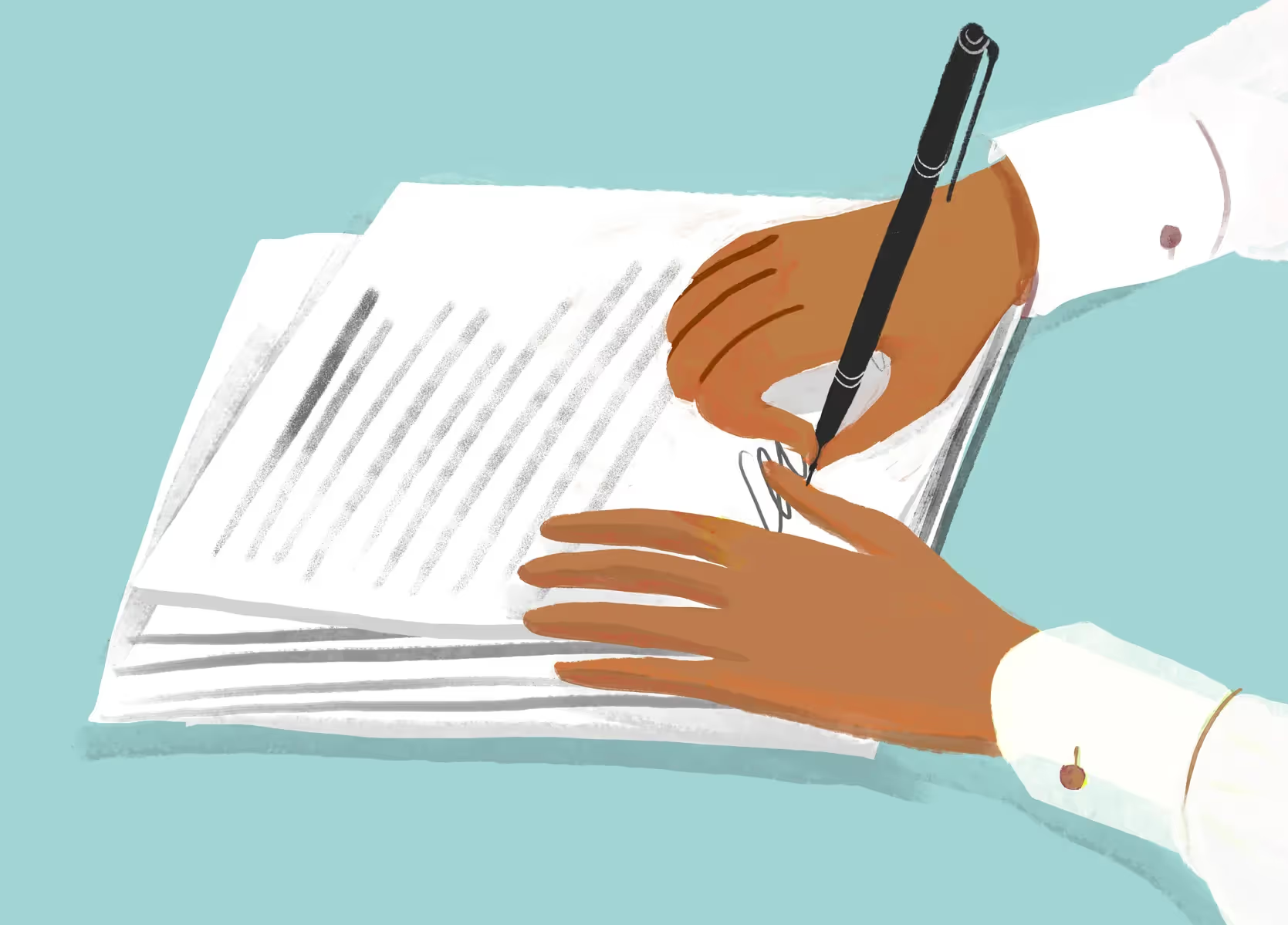


.avif)










.webp)




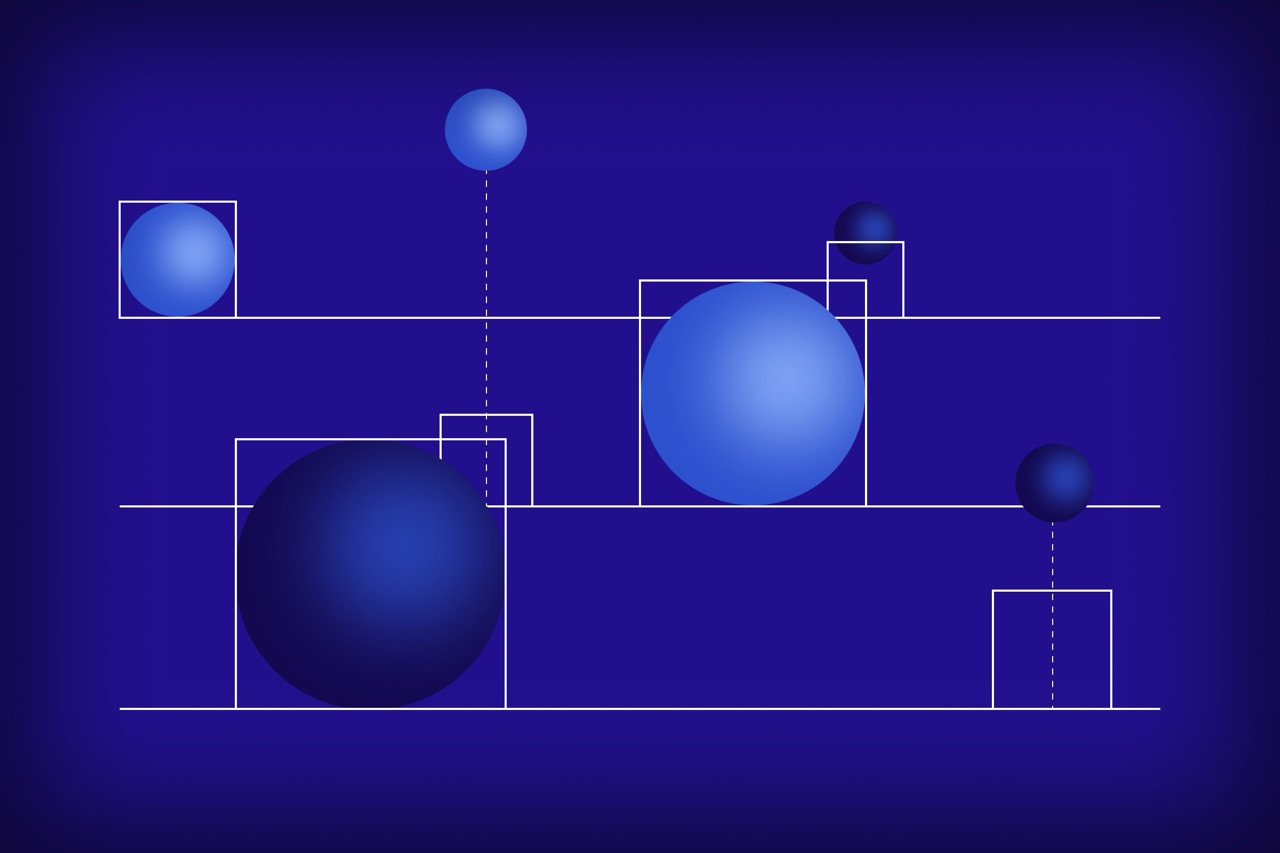
.avif)












.avif)
